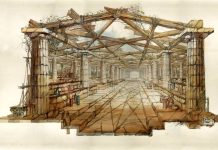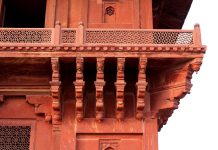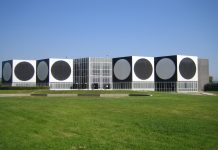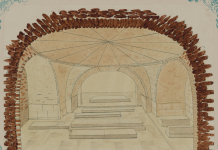A specialist working in the conditions of dynamic transformation of all types of urban environment should be well aware of the objective trends and conditions of these changes and, above all, the typology of material and spatial variants of the development of modern lifestyle and their binding to typical archetypes.
The current stage of the formation of environmental ensembles of the city is characterized by the presence of three circumstances that were not previously so intensively manifested:
- the emergence of specific forms of spatial organization of environmental objects and systems;
- a sharp increase in the “mass” of technical devices and structures that ensure the modern quality of urban lifestyle;
- attitude to any elements and events of the urban environment as full-fledged components of the artistic image of the city.
It is from these positions that the main varieties of modern urban subject-spatial formations are described further.
The spatial variants of environmental structures discussed below are by no means elements of a consistently built hierarchical structure – there are no subordination relations between them, each is self-sufficient and relatively freely chooses its place in the urban plan. When comparing them, it is rather the principles of combining in each single combination of different-quality, and sometimes multidirectional forms of manifestation of meaningful tendencies noted in the previous part of the chapter that are of interest.



















